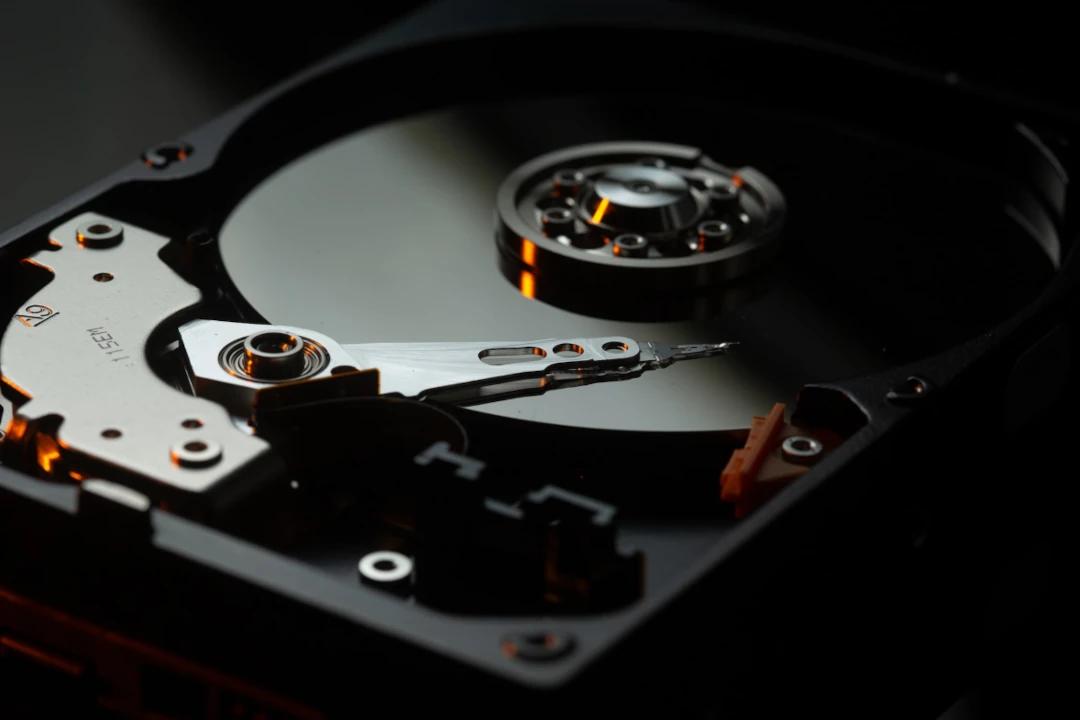Mon Feb 13 2023
Windows Data Recovery: Recover Permanently Deleted Files in Windows 10/11

What is data recovery and how it works?
Generally speaking, data recovery is the process of salvaging inaccessible, deleted, lost, corrupted, or damaged files from internal and external hard drives, Solid-state drives, USBs, SD cards, CDs, and other secondary storage devices.
After the first deletion, your Windows OS will automatically cycle your unwanted files to your Recycle Bin. Before emptying this temporary storage place, you can restore the accidentally and recently deleted files with ease.
So how to recover deleted files from Recycle Bin after emptying them? Because there’s no sign of your desired files in the Recycle Bin after permanent deletion. At the moment, users usually mistakenly think their permanently deleted files were gone forever. Please don’t be concerned because only newly added files could wipe out your unwanted files.
How to perform Windows data recovery with ease?
Windows OS cannot recognize permanently deleted files without file paths because of your permanently deleted performances. In this scenario, you could restore files from backups directly or use the best data recovery software for Windows to get them back.
Please note that your permanently deleted files will be overwritten as you add new data to the same storage device. In brief, you’d better stop writing files to your PC after data loss.
In brief, there’s no better way than utilizing one of the best data recovery software for Windows to perform Windows data recovery.
Recover permanently deleted files in Windows 10/11 via data recovery software
Professional data recovery software can save you from necessary backups. What’s more, a reliable tool provides another possibility for you to recover permanently deleted files in Windows 10/11 computers.
If you don’t know how to select the best data recovery for Windows, perhaps you can refer to the following practical criteria.
Functionality and flexibility:
- A multifunction program can offer many exciting functions for users.
- Regardless of data loss scenarios, users always can perform Windows data recovery with the provided features.
Friendliness and compatibility
- Offer an intuitive GUI (graphical user interface) and easy-to-follow operating steps to ensure a better user experience.
- Be compatible with most operating systems of Windows.
At the moment, MyRecover seems as your top choice. Let’s get an overview of this tool.
Powerful features: Recover deleted & lost MS Office files, folders, compressed files, photos, videos, audio, and hundreds of file types from HDD, USB, SD cards, etc.
Easy-to-find: During Quick Scan and Deep Scan, you can search your desired folders by Path, Filename, Date, etc.
Convenient: Retain the original Path, Filename, and Format for the deleted files.
Excellent compatibility: Support NTFS, FAT32, exFAT, and ReFS file systems.
Download MyRecover on your Windows 7, 8, 10, 11, or Windows Server computers to get your permanently deleted files back!
Step 1. Launch MyRecover on your PC, and select the partition that contains the files you want. Then click the "Start Scan" button.

Step 2. Locate your desired files by Name, Date, Type, Size, or Path. After Quick Scan and Deep Scan, you can also wait to view all the files and other missing files.

Step 3. Go to the Deleted Files/Recycle Bin/Other Missing Files folder, and choose the files you desire to restore. Then click the "Recover x files" button.

After the Windows data recovery process, please store these recovered files in another path.
Related suggestions
How to recover permanently deleted files in Windows 10/11? As mentioned above, regular backups or data recovery software is the solution for this issue.
Compared with backups, highly-praised data recovery software like MyRecover seems a better choice. If you’re unwilling to suffer further damage, you’d better put these data loss prevention measures into practice.
- Please think twice before deletion.
- Don’t empty your Recycle Bin from time to time.
- Try to customize the size of the Recycle Bin to save large permanently deleted files.
- Cultivate a good habit of making backups regularly using Windows features or free backup software for Windows, AOMEI Backupper.